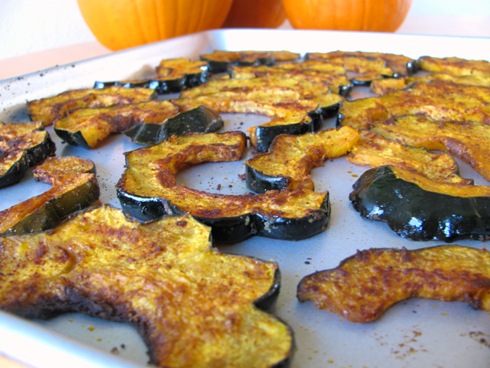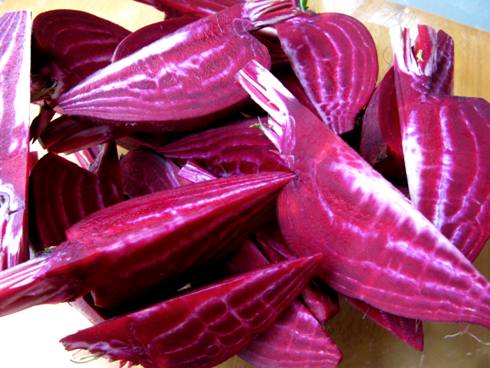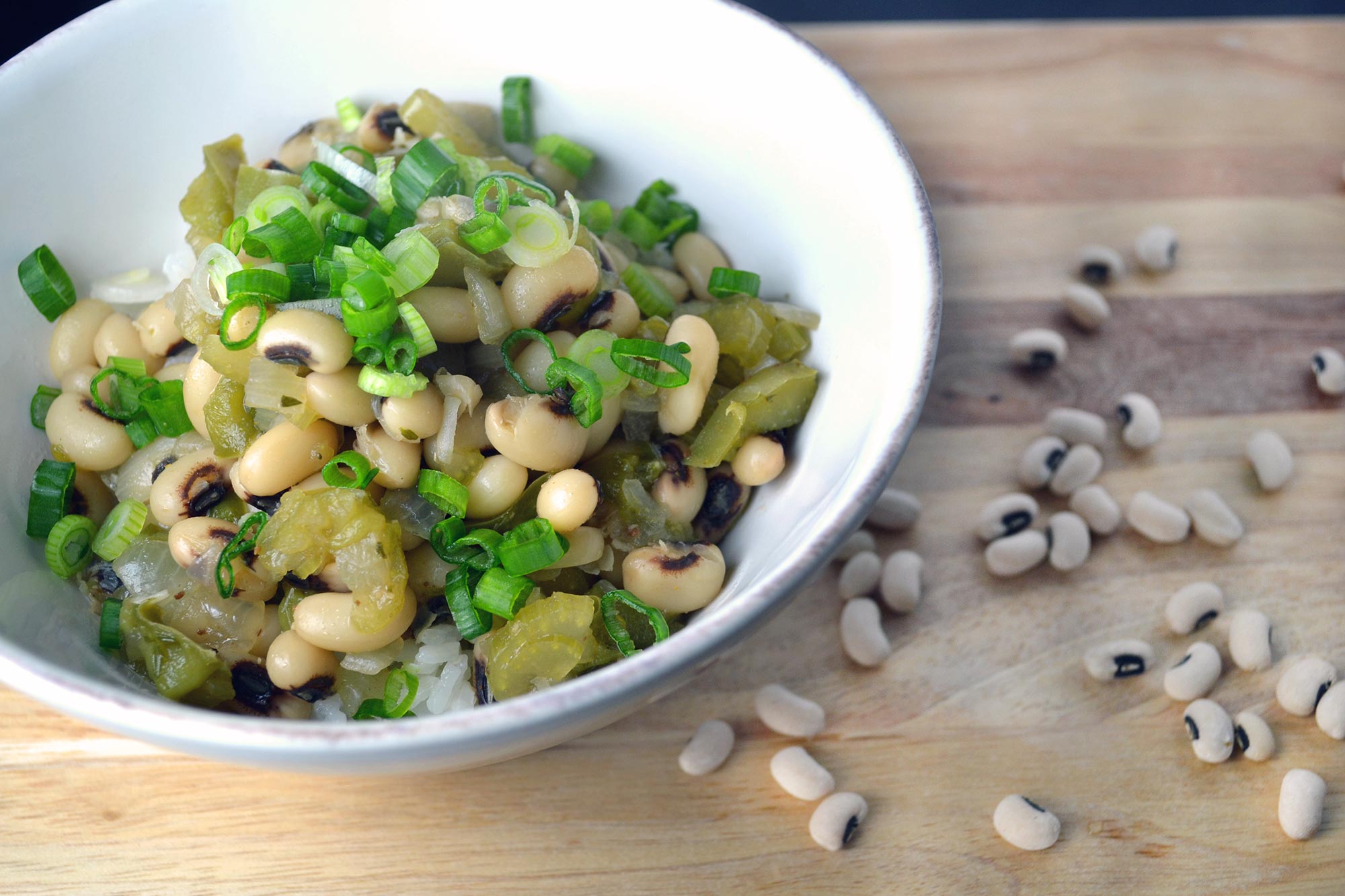4 Easy Ways You Can Eat Seasonally – Even in Winter!
This post written by guest blogger—Heidi Drygas
It’s easy to profess a love for home cooking in the spring and summer months. The bounty of fresh fruits and vegetables makes the possibilities of delicious and healthy family meals virtually limitless. I adore cooking in the warmer months. Simply prepared salads of fresh greens and tomatoes, delicate vegetable soups, zucchini and squash charred on a hot grill. Who WOULDN’T love that?
The problem is here in Alaska, the “warmer months” are in short supply. There’s no use hiding from it: we Alaskans are a cold climate people. Lucky for me, I’ve learned to embrace the bounty of fall and winter vegetables that start popping up this time of year. So much so that cooking during the winter season has become my favorite time of year to cook (and that’s a blessing because winter’s just getting started!)
Want to continue to eat seasonally, but have a difficult time figuring out exactly what that means during wintry weather? Here are some simple and easy tips for eating seasonally during these chilly days.

Learn to Love Winter Squash
Acorn, butternut, delicata, pumpkin, hubbard, golden nugget, kabocha, spaghetti— when it comes to winter squash, possibilities abound. Whether you simply roast slices in a hot oven with olive oil, salt and pepper, puree it into soups, fill it with a delectable stuffing, or incorporate it into a favorite casserole, squash is a nutritious, versatile, and easy vegetable to work with. Many varieties such as delicata and acorn have edible skins, disposing of the need for peeling (a task I’d just as soon skip, saving valuable time on busy days.) Try a deliciously savory butternut squash risotto. Or a chili-spiced roasted acorn squash. Once you start cooking with winter squash, you’ll realize why it’s one of the best tools in your seasonal vegetable toolbox.
Eat Your Greens
If you haven’t jumped on the greens bandwagon, it’s time to start. Hearty green veggies, such as kale, broccoli rabe, and Brussels sprouts, are at their peak during the cooler months. The chilly weather keeps these greens sweet and tender. I have a particular obsession with kale. Healthy, hearty, and good for my body, if kale were a man I would marry it. It’s delicious eaten raw in a simple Caesar salad, roasted with olive oil and salt for the blogosphere-popular “kale chips,” or simply sautéed in a skilled with oil, garlic, salt, pepper, and a little balsamic vinegar. I often use is as a substitute for spinach in many soup recipes. Try using kale in place of spinach in a classic Italian Wedding Soup. Once you start cooking with kale, you’ll see what all the fuss is about.

Embrace Root Veggies
If there is a singular reason why I look forward to the fall and winter months, it would be the prominent role root vegetables play on my dining room table. Carrots, parsnips, beets, sweet potatoes— I’ve never met a root veggie I didn’t like. My absolute favorite way to prepare them is to slice, cube, or quarter them, tossing them with olive oil, salt and pepper and roasting them in a hot oven (425 degrees or so) until they are golden and tender.
I’ve made lovers out of the biggest veggie haters with this method. Try slicing carrots thinly at a diagonal angle, and sautéing them with butter and glazing them with a touch of honey. Cook scrubbed beets by wrapping them in tin foil and baking them at 400 degrees for one hour, or until a knife can be inserted in the middle without resistance. Once they cool, rub the beets with a paper towel to easily remove the skins. Slice the beets, and while they are still warm toss them with a little olive oil, salt, pepper, and champagne vinegar. Serve as is, or topped with crumbled goat cheese and fresh tarragon. As beautiful to look at as it is tasty!

Soup: A Winter Cook’s Best Friend
If I could narrow down my favorite item to make in the world, it would be soup. There is something so comforting and satisfying about a steaming bowl of soup, and winter’s chill makes it the perfect time of year to try a few new recipes. Soup utilizes so much of winter’s bounty, from staple root vegetables such as carrots, onions, and potatoes, to filling legumes such as beans, barley, and lentils. The possibilities for soup are endless. Make a pot of a rustic Tuscan winter vegetable soup called Ribollita . Or mix up your dinner routine with a ridiculously easy-to-make Curried Cauliflower Soup. And nothing beats a hot pot of Chili to fend of the chill on the frosty days of winter.
Plus, here’s a few other helpful tips for enjoying the seasonal winter bounty:
Use fresh herbs- widely available in nearly every grocery store, they’ll add freshness and variety to almost any dish.
Feel like your soup is bland, or your sautéed greens lack pizzazz? Try adding a splash of vinegar to boost the flavor of your dishes, and don’t skimp on salt!
To keep warm on winter days, try using “warm” spices on your poultry, seafood, or vegetables, such as cumin, chili powder, ginger, peppercorns, and curry. They add complexity and depth to any meal.
Bring it on, winter!
Avout Heidi Drygas
Heidi was born and raised in Fairbanks, Alaska, and grew up in and around the waters of the Chena River. She graduated with a degree in History from the University of Alaska Fairbanks, and received her law degree from Willamette University. A lawyer by day and self-taught home cook at night, she is passionate about cooking and creating tasty, uncomplicated food. She is also a firm believer in buying local produce and products whenever possible, and is an avid fisherwoman. She currently lives in Anchorage, Alaska with her trusty terrier, Milo. Check out more of her recipes and culinary adventures at chenagirlcooks.blogspot.com.
The views and opinions of guest authors do not necessarily reflect the views and opinions of Full Circle.


Leave a Reply